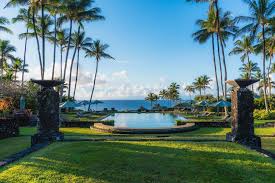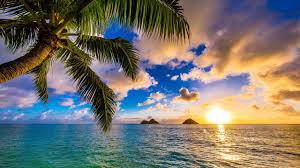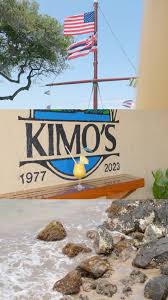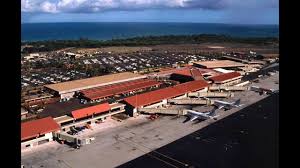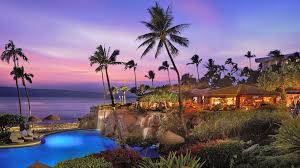Discover the Best Place to Go in Hawaii: The Na Pali Coast
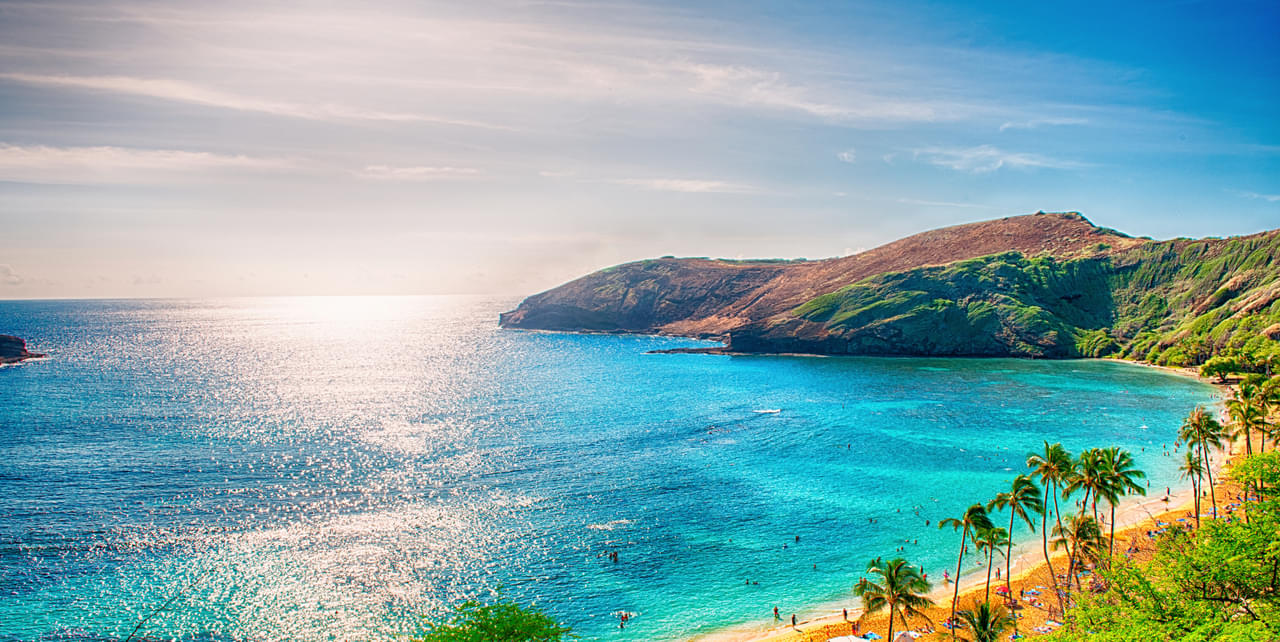
The Best Place to Go in Hawaii
When it comes to choosing the best place to visit in Hawaii, the options are truly endless. From stunning beaches to lush rainforests, there is something for everyone in the Aloha State. However, if you’re looking for a truly unforgettable experience, one destination stands out above the rest: the Na Pali Coast on the island of Kauai.
The Na Pali Coast is a rugged and remote stretch of coastline that is only accessible by boat, helicopter, or hiking. Its dramatic cliffs, pristine beaches, and crystal-clear waters make it a paradise for nature lovers and adventure seekers alike. Whether you choose to explore the coast by boat, take a helicopter tour for a bird’s eye view, or hike along the Kalalau Trail, you are sure to be awe-struck by the beauty of this iconic Hawaiian destination.
In addition to its natural beauty, the Na Pali Coast is also rich in history and culture. The area is home to ancient Hawaiian sites, including heiaus (temples) and petroglyphs that offer a glimpse into Hawaii’s storied past. Visitors can learn about the traditional practices of the Hawaiian people and gain a deeper appreciation for the islands’ heritage.
Whether you’re seeking adventure, relaxation, or cultural enrichment, the Na Pali Coast offers something for everyone. So why not make this stunning destination your next stop on your Hawaiian getaway?
Top 7 FAQs: Choosing the Best Places to Visit in Hawaii
- Where should I go for my first time in Hawaii?
- Where is the best location to stay in Hawaii?
- Is $1000 enough for a week in Hawaii?
- What is the best part of Hawaii to go to?
- What is the prettiest place to visit in Hawaii?
- Which island to skip in Hawaii?
- Which Hawaii island is nicest?
Where should I go for my first time in Hawaii?
For first-time visitors to Hawaii, a great place to start is the island of Oahu. Known as the “Gathering Place,” Oahu offers a perfect blend of natural beauty, rich history, and vibrant culture. From the iconic Waikiki Beach with its bustling atmosphere and stunning views of Diamond Head crater to the historic Pearl Harbor site that commemorates a pivotal moment in American history, Oahu has something for everyone. Explore the lush landscapes of the North Shore, visit traditional Hawaiian temples at the Polynesian Cultural Center, and immerse yourself in the local food scene with a taste of fresh poke and shave ice. Oahu provides an ideal introduction to the diverse wonders of Hawaii for first-time visitors.
Where is the best location to stay in Hawaii?
When it comes to choosing the best location to stay in Hawaii, it ultimately depends on your preferences and what you hope to experience during your visit. Each of the main islands – Oahu, Maui, Kauai, and Big Island – offers its own unique charm and attractions. Oahu is known for its vibrant city life and iconic Waikiki Beach, while Maui boasts stunning beaches and the lush Road to Hana. Kauai’s Na Pali Coast offers unparalleled natural beauty, and Big Island is home to active volcanoes and diverse landscapes. Whether you prefer luxury resorts, secluded villas, or cozy bed-and-breakfasts, Hawaii has accommodation options to suit every taste and budget. Ultimately, the best location to stay in Hawaii is wherever aligns best with your vacation goals and desired experiences.
Is $1000 enough for a week in Hawaii?
When considering whether $1000 is enough for a week in Hawaii, it’s important to factor in various expenses such as accommodation, food, transportation, activities, and souvenirs. While Hawaii can be a relatively expensive destination, it is possible to have a budget-friendly trip with careful planning. Opting for affordable accommodations like hostels or vacation rentals, dining at local eateries instead of upscale restaurants, using public transportation or carpooling, and prioritizing free or low-cost activities such as hiking and beachcombing can help stretch your budget. However, it’s advisable to have some extra funds set aside for unexpected expenses or splurges to ensure a stress-free and enjoyable vacation in the beautiful islands of Hawaii.
What is the best part of Hawaii to go to?
When asking about the best part of Hawaii to visit, it ultimately depends on your preferences and interests. Each island in Hawaii offers a unique experience, from the bustling city life of Oahu to the serene beauty of Maui’s beaches and the lush landscapes of Kauai. Whether you’re looking for vibrant nightlife, outdoor adventures, cultural immersion, or simply relaxation by the sea, there is a perfect spot in Hawaii for you. It’s recommended to research each island’s attractions and activities to determine which best aligns with your ideal vacation experience.
What is the prettiest place to visit in Hawaii?
When it comes to the prettiest place to visit in Hawaii, it’s hard to pinpoint just one location as the entire state is brimming with natural beauty. However, one of the most commonly cited destinations for its stunning scenery is the Na Pali Coast on the island of Kauai. With its majestic sea cliffs, lush valleys, and pristine beaches, the Na Pali Coast offers a picturesque backdrop that captivates visitors from around the world. Whether you’re exploring by boat, helicopter, or on foot along the Kalalau Trail, you’ll be treated to breathtaking views that showcase Hawaii’s unparalleled beauty at every turn.
Which island to skip in Hawaii?
When considering which island to skip in Hawaii, it ultimately depends on personal preferences and travel priorities. Each of the Hawaiian islands offers its own unique charms and attractions, so skipping one may mean missing out on specific experiences that island has to offer. However, if pressed for time or looking to prioritize certain activities over others, some travelers may choose to skip Lanai due to its more limited tourist infrastructure compared to the other islands. Keep in mind that each island in Hawaii has its own distinct beauty and cultural significance, so it’s worth researching and considering what aligns best with your interests before making a decision to skip any particular island.
Which Hawaii island is nicest?
When it comes to determining which Hawaii island is the nicest, it ultimately depends on individual preferences and what you are seeking in your Hawaiian experience. Each of the main islands – Oahu, Maui, Kauai, and Big Island – offers its own unique charm and attractions. Oahu is known for its vibrant city life and historic sites like Pearl Harbor, while Maui boasts stunning beaches and luxury resorts. Kauai is famous for its lush landscapes and outdoor adventures, while Big Island showcases diverse climates and active volcanoes. Whether you prefer relaxation, adventure, culture, or nature, there is a Hawaii island that will suit your tastes and provide an unforgettable vacation experience.

